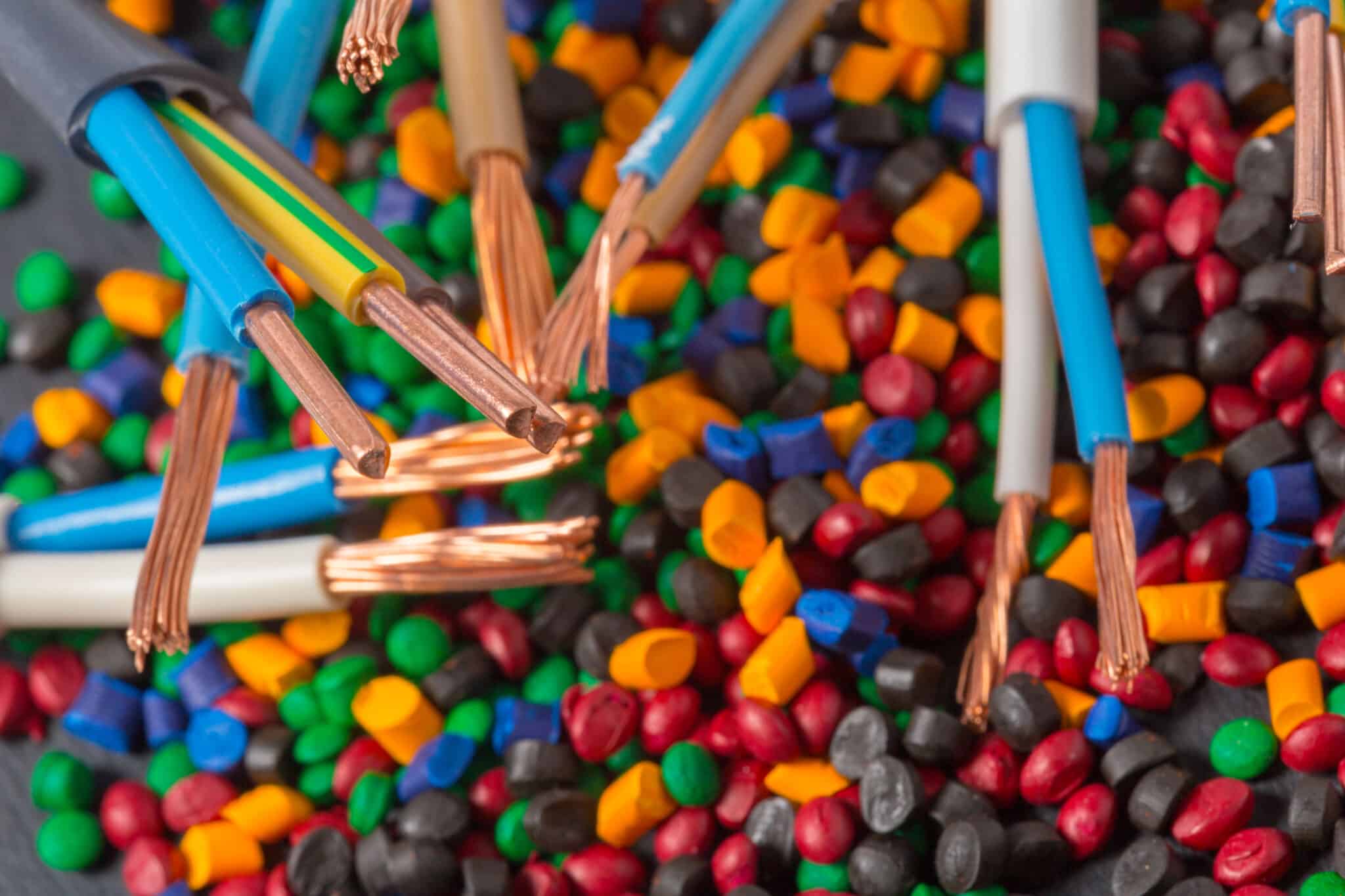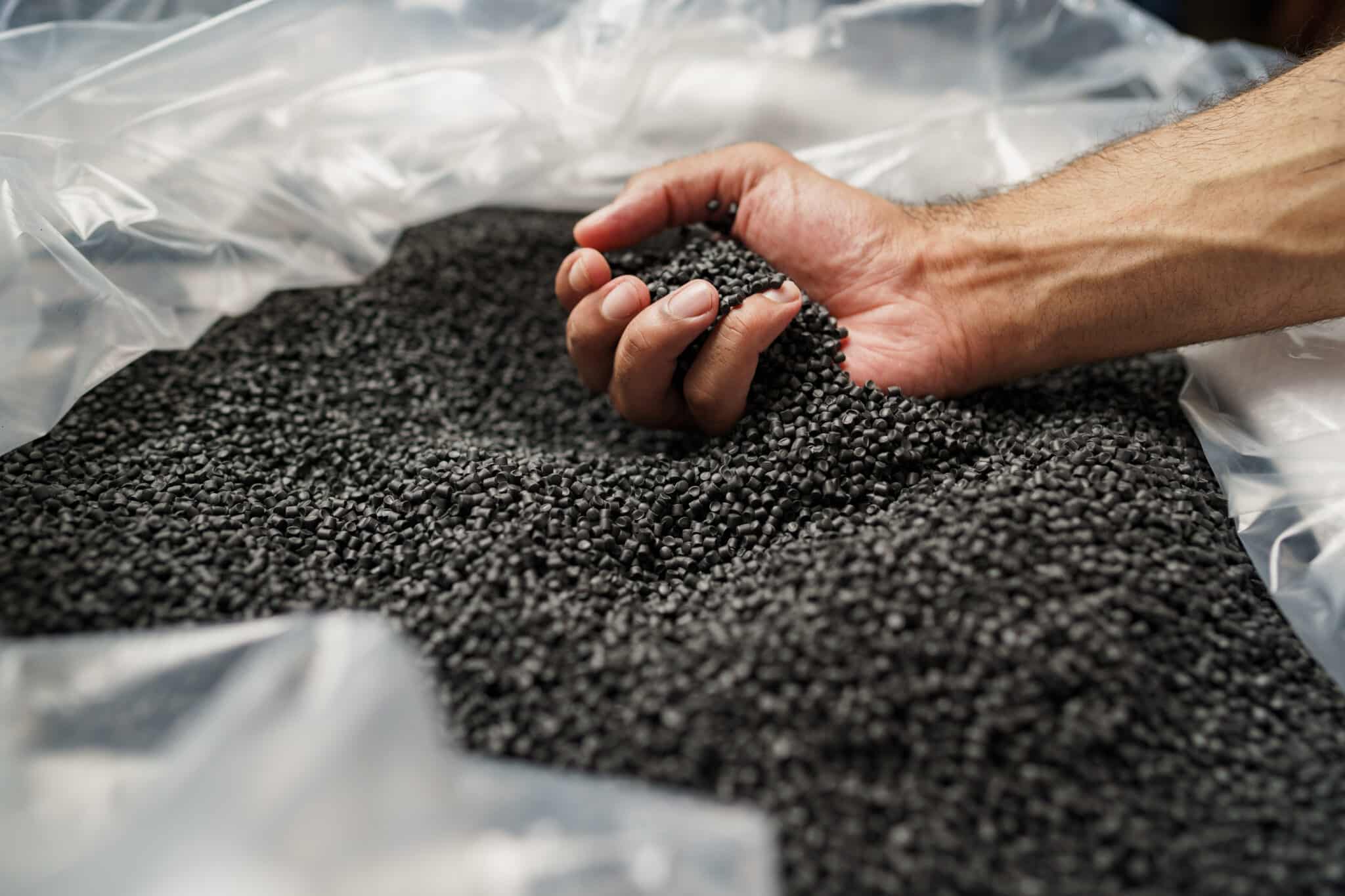Why choose Over-molding in Cable Assemblies
Cable assembly over-molding is the process of applying a plastic or rubber material over the cable assembly to protect it from environmental hazards such as moisture, dust, and mechanical damage. Overmolding also provides additional strength and support to the cable assembly and ensures a more secure connection between the cable and its connector.
This article will discuss the benefits of cable assembly over-molding, the different types of materials used, the applications where over-molding is necessary, and the importance of adhering to IPC 620 standards.
Benefits of Cable Assembly Overmolding
The primary benefit of cable assembly over-molding is its added protection to the cable and its connection. Overmolding seals the cable and connector from the environment, preventing moisture, dust, and debris damage. This protection extends the lifespan of the cable assembly and ensures reliable performance in harsh conditions.
In addition to protection, cable assembly over-molding also provides mechanical stability and support. The molded material reinforces the cable and its connector, reducing the likelihood of stress on the connection point. This added stability helps make over-molded cable assemblies ideal for applications where the cable is subject to vibration or frequent movement.
Types of Materials Used
The two primary materials used for cable assembly over-molding are plastic and rubber, and both materials offer unique benefits and are suitable for different applications.
Plastic over-molding is a cost-effective solution for low to medium-volume applications. It is lightweight and offers good mechanical stability, making it an ideal choice for applications where weight is a concern, such as aerospace and automotive. Plastic materials used for over-molding include polypropylene, polyurethane, and ABS.
On the other hand, rubber over-molding is more flexible and durable than plastic. It offers superior protection from the environment and is an excellent choice for applications where the cable is exposed to harsh conditions, such as extreme temperatures or chemicals. Rubber materials used for over-molding include silicone, EPDM, and neoprene.
Applications of Cable Assembly Overmolding
Cable assembly over-molding is necessary for many applications where the cable is subject to harsh environmental conditions or frequent movement. Here are some of the typical applications where over-molded cable assemblies are used:
Industrial Equipment
Cable assemblies used in industrial equipment are often subject to harsh conditions such as high temperatures, chemicals, and dust. Overmolding protects from these environmental hazards and ensures reliable performance.
Medical Devices
Cable assemblies used in medical devices must be protected from moisture and bacteria to ensure patient safety. Overmolding provides a sealed environment, preventing contamination and ensuring hygienic performance.
Automotive
Cable assemblies used in automotive applications are subject to vibration and movement, which can cause stress on the connection point. Overmolding provides mechanical stability and support, reducing the likelihood of failure.
Aerospace
Cable assemblies used in aerospace applications must be lightweight and reliable. Plastic over-molding is ideal for these applications, providing mechanical stability without adding significant weight.
Importance of Adhering to IPC 620 Standards
IPC 620 is a standard developed by the Association of Connecting Electronics Industries (IPC) that provides cable and wire harness assembly guidelines. Adhering to IPC 620 standards is important for ensuring high-quality and reliable cable assembly over-molding.
IPC 620 standards guide the assembly process, including the design, materials, assembly methods, and testing. The standard outlines the requirements for different assembly classes, depending on the application and the environment in which the assembly will be used.
ATRON is IPC 620 certified and follows the guidelines outlined in the standard for its over-molded cable assemblies. This ensures that our customers.
Conclusion
Cable assembly overmolding is a critical process that provides protection and support to cable assemblies in harsh environments. Plastic and rubber materials are used for overmolding, with each offering unique benefits. Overmolded cable assemblies are necessary in many applications, including industrial equipment, medical devices, automotive, and aerospace. If you have a cable assembly that needs protection or additional support, consider cable assembly overmolding as a solution.
If you’re interested in getting a quote for cable assembly over-molding for your application, contact ATRON today. Our team of experts can help you determine the best solution for your needs. Simply click the button below or give us a call to get started. We look forward to working with you!









